From Ancient Greek προσθετικός (prosthetikos, “adding; repletive; giving additional power”), from πρόσθεσις (prosthesis, “addition”), from προστίθημι (prostithēmi, “I add”), from πρός (pros, “towards”) + τίθημι (tithēmi, “I place”).
(n) A device, either external or implanted, that substitutes for or supplements a missing or defective part of the body.
(n) A device, either external or implanted, that substitutes for or supplements a missing or defective part of the body.
If a chair isn't a good chair - if it fails at its primary intended function - it should not necessarily be disposed of, ignored, or forgotten about. Likewise, if an object isn't living up to its full potential, its existing potential should not be wasted. Instead, it should be intervened upon, augmented. We can design a prosthesis for the object, an addition which imparts upon the chair a new purpose, a second chance. The present materials are sound, and have certain properties which afford other functions. A pair of uncomfortable chairs, or a cigarette urn, can for example become a table, with the right prosthesis.
Objects often have design oversights, or moments where a superfluous form exists due to a lack of refinement in the initial design stages. This happens when an object is overdesigned, or certain choices are left unresolved. Sometimes a part sticks forth from the whole, or sometimes negative space exists between two parts. This is not to say the original designs are bad, but there are appendages, or vestigial structures, which are not integral to the design. They are accidental, unassuming, and inconsequential. These sites are ripe for intervention.
Only an object pared down to its barest essence, completely refined in its form and void of all unnecessary design choices, is immune to this approach. Even the prosthetics I design and build, while specifically and precisely tailored to the dimensions of a particular preexisting object, could probably be repurposed. The nature of the human mind is to analyze its surroundings and improve where it sees fits. Our environments are in a constant state of modification. There are no limits to our ingenuity.
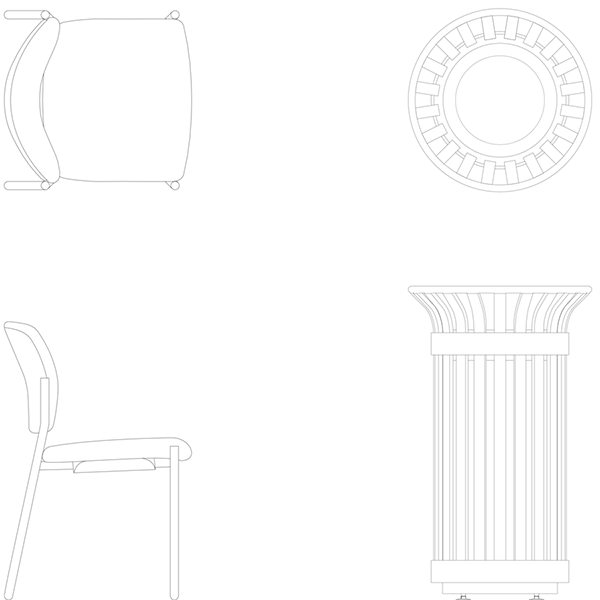
the process of analyzing an object, recognizing where it can support further structure, and intervening.
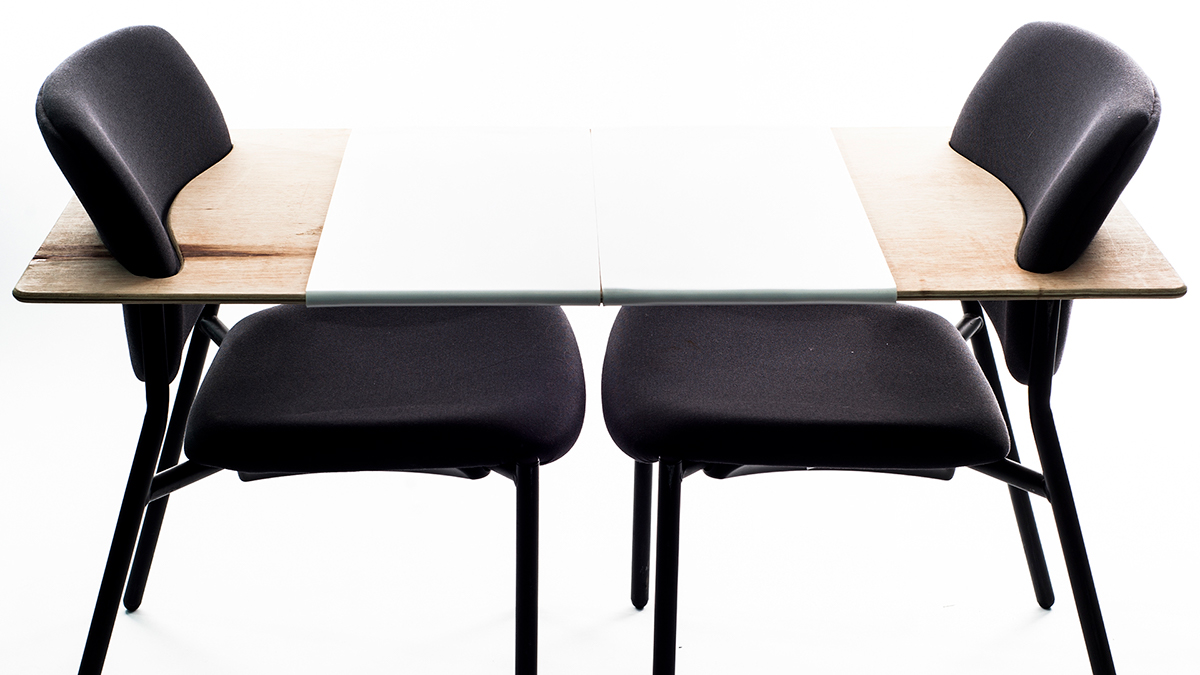
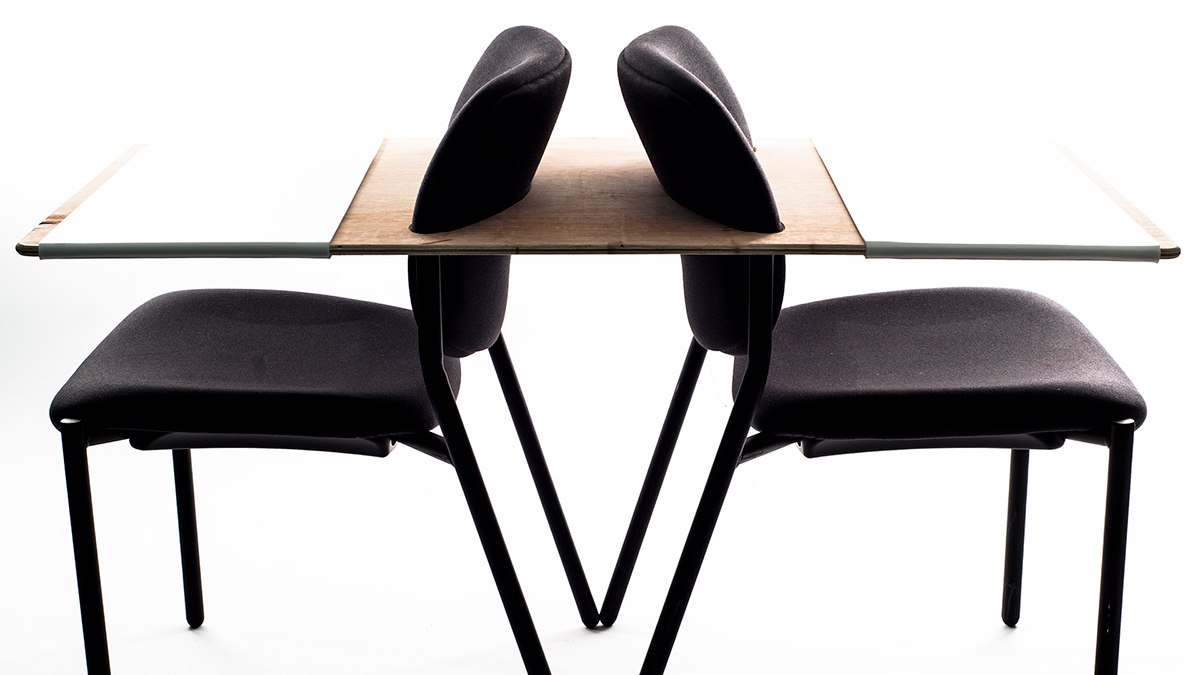
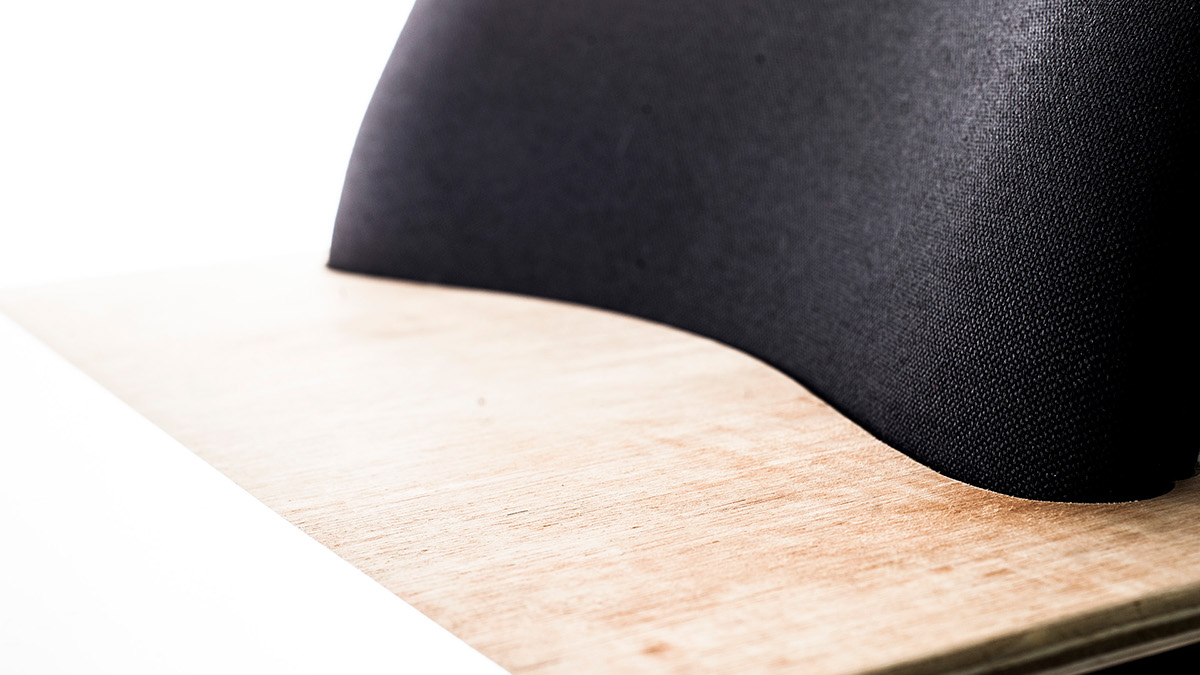
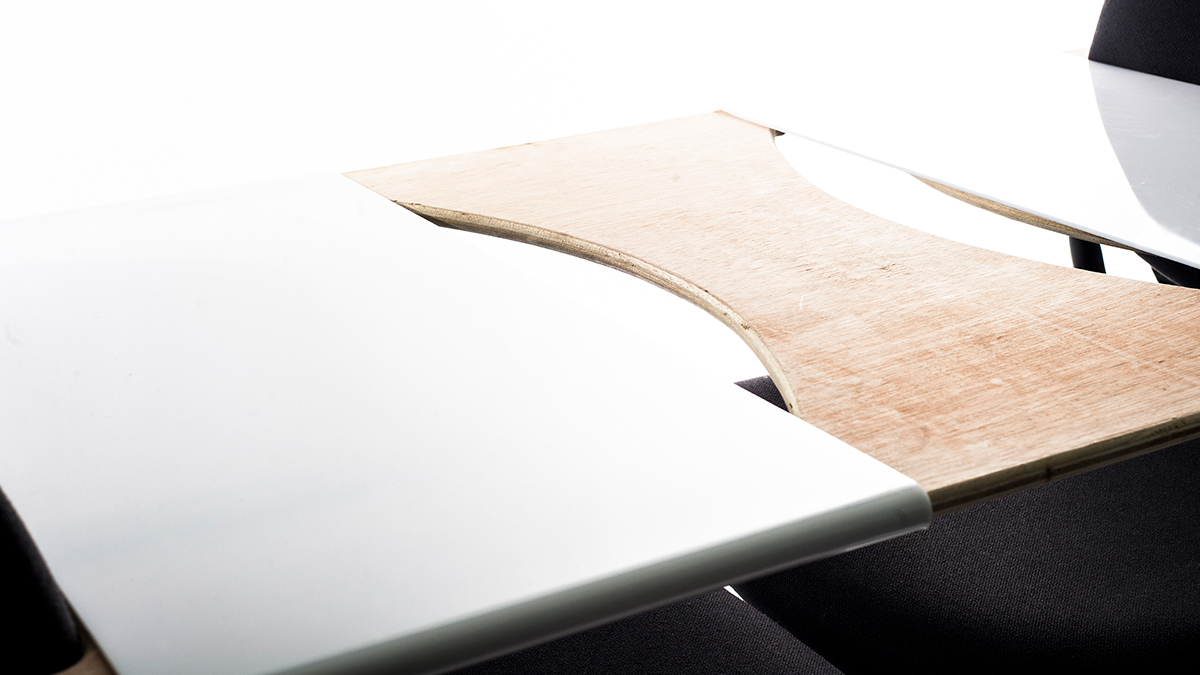
a table made from two chairs.
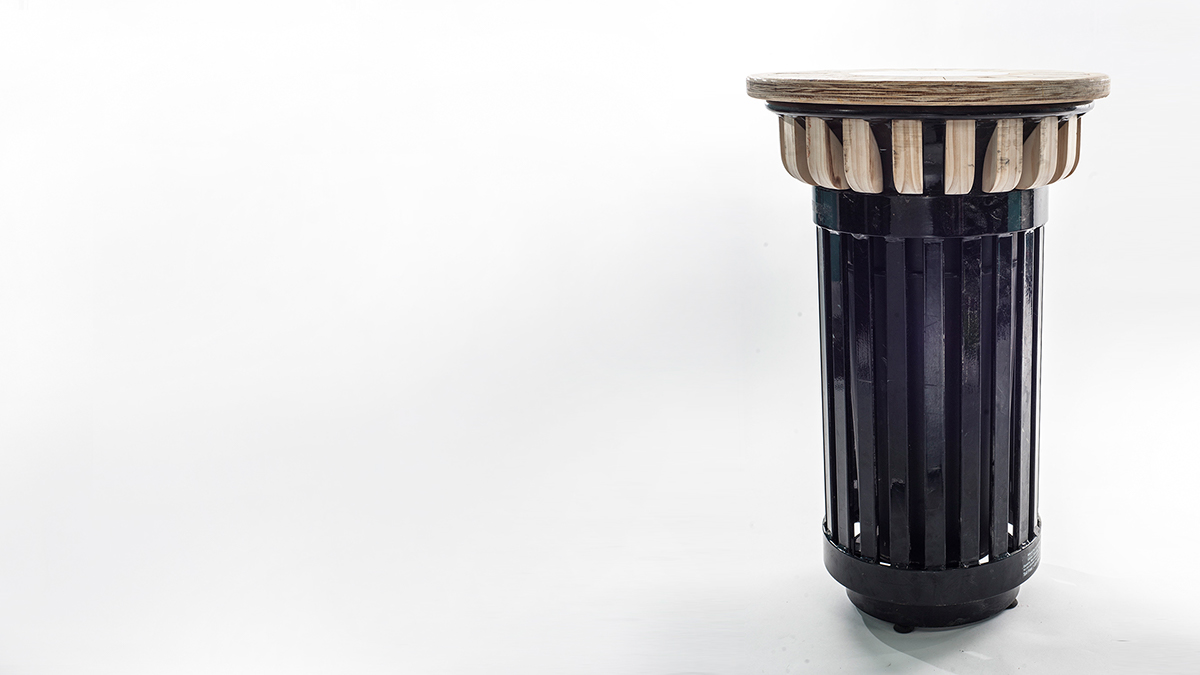
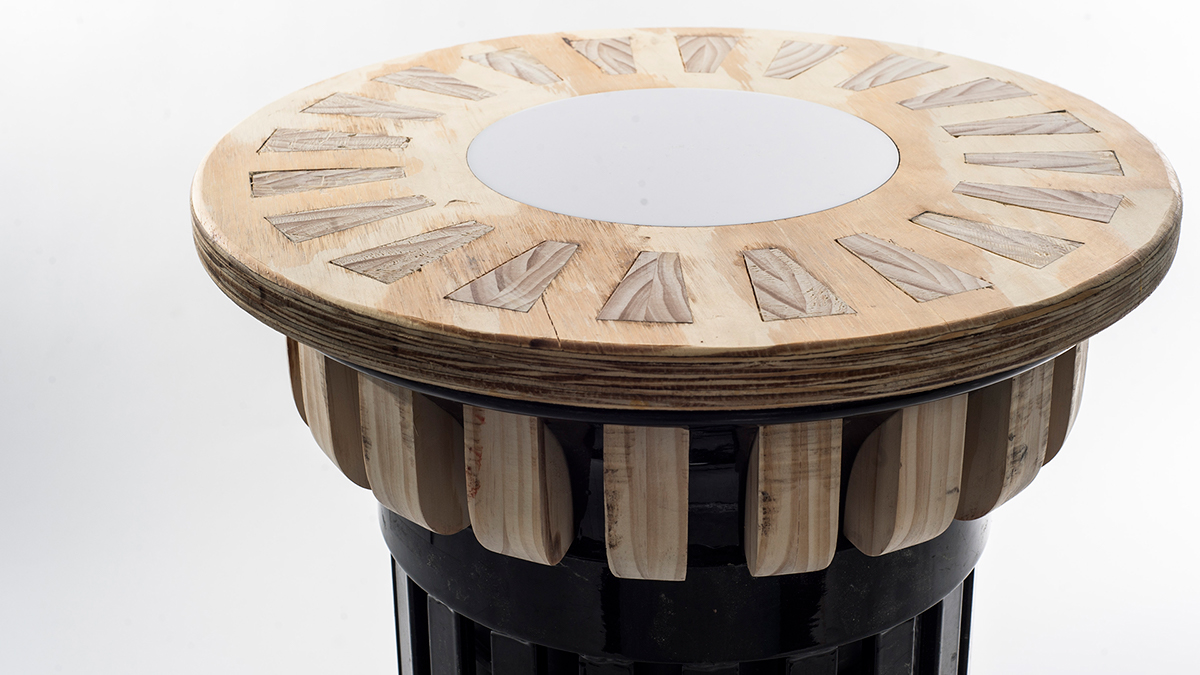
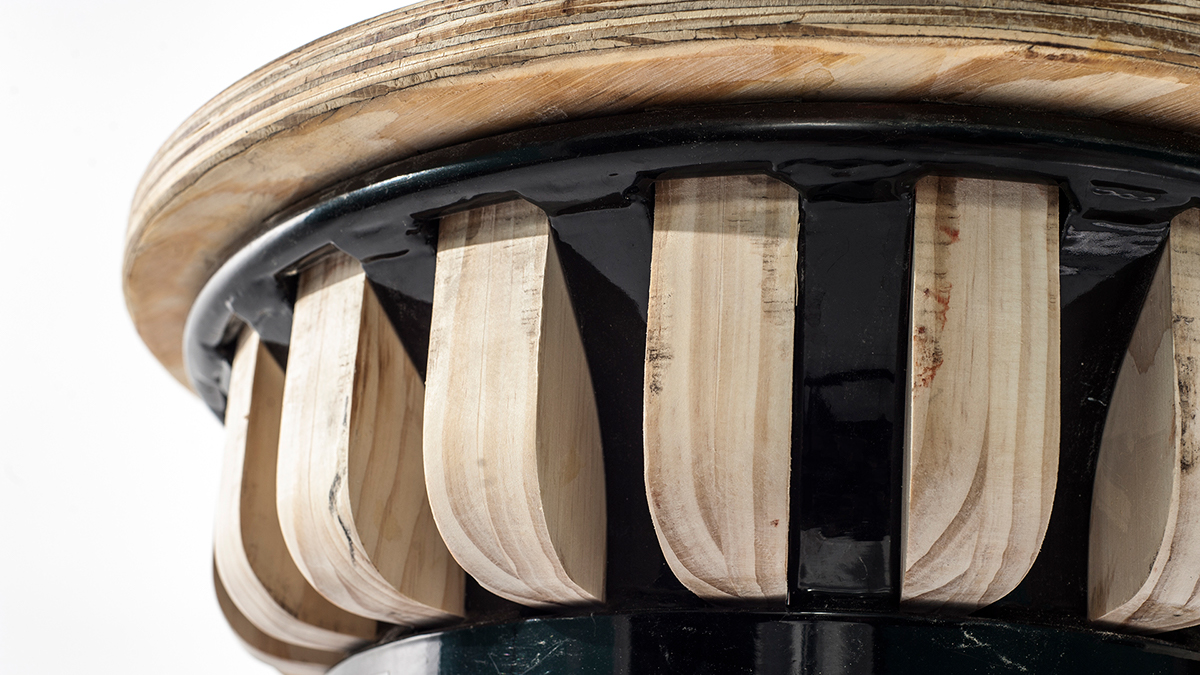
an end table made from a cigarette urn.



